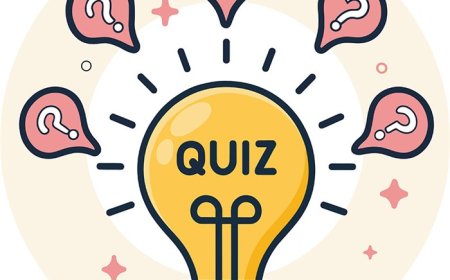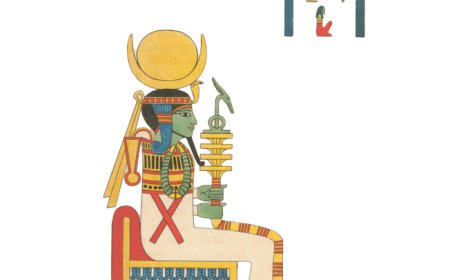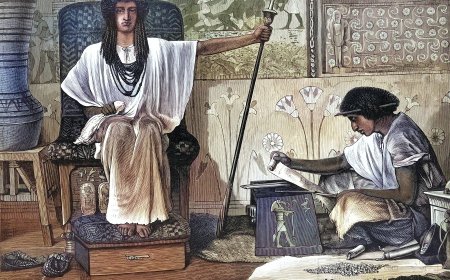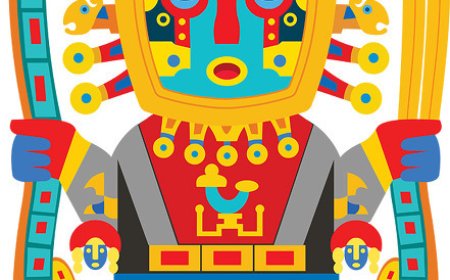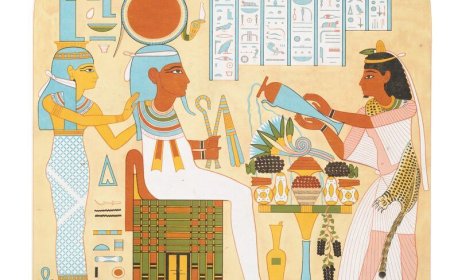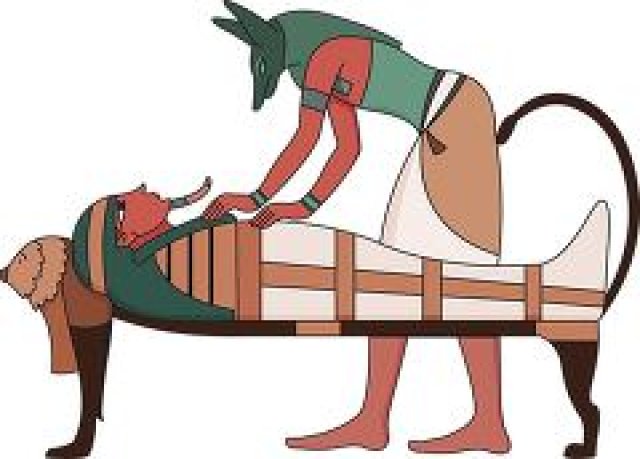Ancient Egyptian Hieroglyphics Writing System
Explore hieroglyphics the picture writing system of Ancient Egypt used by scribes to record history religion and daily life on temple walls and papyrus
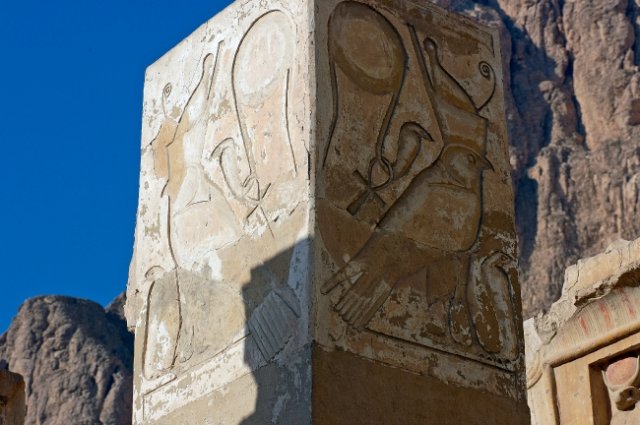
🌟 Introduction
Hieroglyphics were the writing system of Ancient Egypt. Instead of using an alphabet like we do today, Egyptians wrote with over 700 symbols, each representing sounds, words, or ideas. These symbols were carved into temple walls, written in tombs, and painted on papyrus scrolls. Hieroglyphics helped Egyptians record their history, explain their religious beliefs, and keep track of important events. Because only trained scribes could read and write them, hieroglyphics were a mark of education and power in Ancient Egyptian society.
🔍 What were Hieroglyphics in Ancient Egypt?
Hieroglyphics were a picture-based writing system made up of animals, shapes, and symbols. Some stood for whole words, while others represented sounds, similar to letters. The word "hieroglyph" comes from Greek, meaning "sacred carving," because the writing was first found on temple walls. Egyptians believed hieroglyphics were a gift from the god Thoth, the god of wisdom and writing.
🌍 Why were Hieroglyphics Important in Ancient Egypt?
Hieroglyphics were important because they preserved Egyptian culture, religion, and government. Without writing, laws, taxes, and religious texts could not have been recorded. Hieroglyphics were also used in tombs to guide the dead into the afterlife. Today, they are vital for historians because they reveal what Egyptians believed, how they lived, and how they ruled.
🧪 Hieroglyphics in Daily Life
In daily life, hieroglyphics could be seen almost everywhere. Scribes recorded crop harvests, trade, and laws on papyrus scrolls. Priests wrote prayers and hymns on temple walls. Tombs were decorated with hieroglyphs to help the dead reach the afterlife. Even though most Egyptians could not read or write, they recognized the symbols as powerful connections between humans and the gods.
📜 Important Writings and Inscriptions
-
Pyramid Texts: The oldest religious writings in the world, carved inside pyramids to help pharaohs in the afterlife.
-
The Book of the Dead: A collection of spells written on papyrus to guide souls through the afterlife.
-
Rosetta Stone: Discovered in 1799, it had the same message in Greek and Egyptian scripts, allowing scholars to finally decode hieroglyphics.
-
Temple Walls of Karnak and Luxor: Covered with carvings showing offerings to gods, victories in battle, and stories of pharaohs.
✨ Fun Facts
-
Hieroglyphics included over 700 unique symbols.
-
Some hieroglyphs were simple pictures, like an owl for the "m" sound.
-
Not all hieroglyphics were carved - many were painted in bright colors.
📌 Key Takeaways
-
Hieroglyphics were the sacred writing of Ancient Egypt.
-
They were used for religion, government, and recording history.
-
The Rosetta Stone was the key to understanding hieroglyphics today.
🐾 Kid-Friendly Summary
Hieroglyphics were Ancient Egypt's way of writing with pictures instead of letters. Scribes used them to record important things like prayers, laws, and stories. Even though most people couldn't read them, hieroglyphics were everywhere in temples and tombs.
📚 Vocabulary Words
-
Hieroglyphics: The picture writing system of Ancient Egypt.
-
Scribe: A trained person who could read and write.
-
Papyrus: A paper-like material used for writing.
-
Rosetta Stone: A stone slab that helped decode hieroglyphics.
Interactive Quiz: Ancient Egyptian Hieroglyphics
-
What does the word Hieroglyph mean?
A) Sacred Carving
B) Word Picture
C) Ancient Scroll
D) Royal Story -
Who was the god of wisdom and writing?
A) Osiris
B) Thoth
C) Ra
D) Anubis -
What discovery helped decode hieroglyphics?
A) Book of the Dead
B) Pyramid Texts
C) Rosetta Stone
D) Luxor Temple



















































